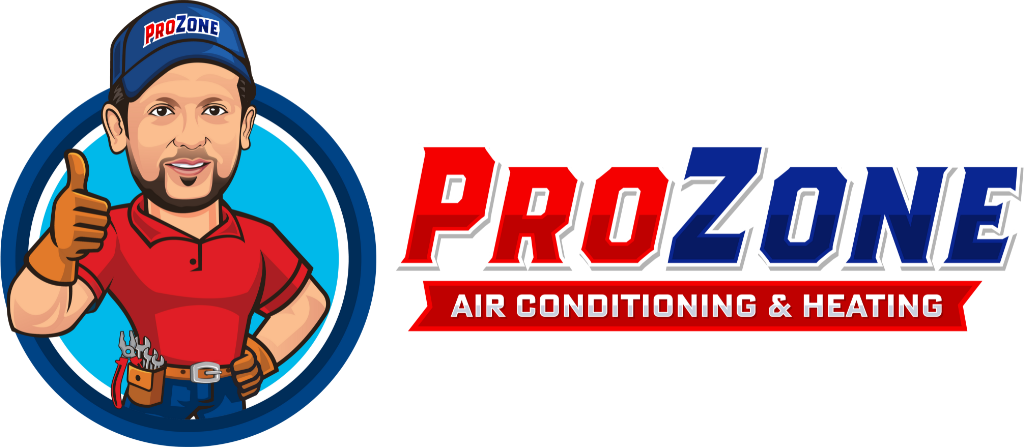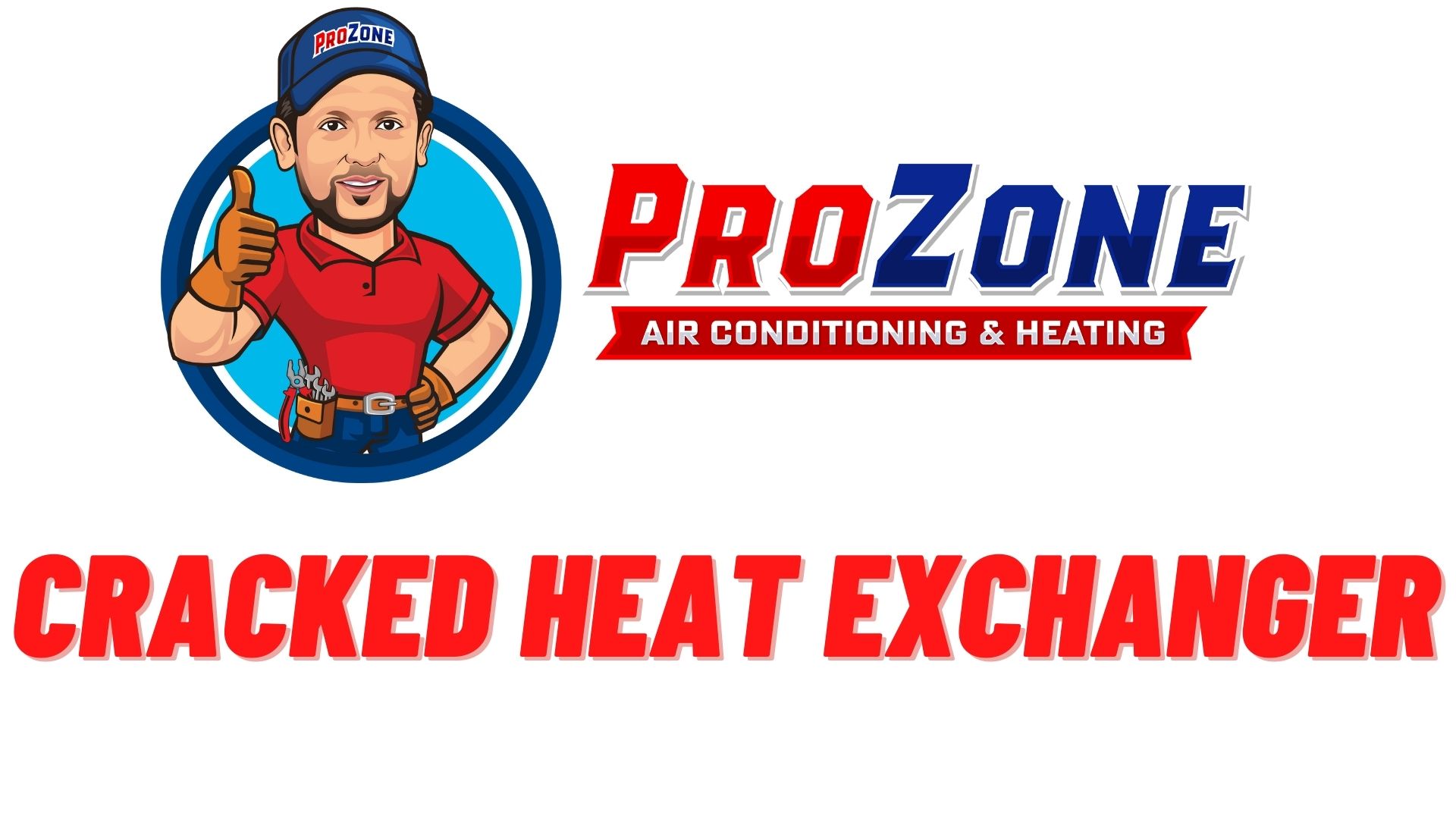With winter in full bloom, your furnaces and home heating systems are probably working full time. Before the fire is lit, it is important to make sure that every part of your heating system is in a properly working state. One of these important components to inspect is the heat exchanger.
The heat exchanger is the single largest, most important component of your home heating system or furnace. The efficiency of your heating system highly depends on the state of your heat exchanger. Unfortunately, like other components of your heating system, the heat exchanger is prone to malfunction.
The heat exchanger is charged with keeping the atmosphere within your home safe while sending out warm air. As your furnace burns gas to generate heat, it also creates toxic gases during the process. The heat exchanger prevents these toxic gases, like carbon monoxide and nitrous oxide, from making their way towards the blower and eventually into your home. This makes the heat exchanger not only a vital part of your home heating system but a major player in ensuring your health is not at risk. A cracked heat exchanger, on the other hand, poses a major threat.
While the heat exchanger is has a lengthy lifespan, it can easily get cracked for multiple reasons. The heat exchanger is mostly made of metal, and over the course of its years, this metal is susceptible to wear and tear because of the heat from the hot air that passes through it. The heat causes the heat exchanger to expand and contract, leading to stress in the metal, which in turn leads to cracking.
While this is a leading cause of cracks in your heat exchanger, other factors contribute to the cracking in your secondary heat exchanger. Some of these factors include:
- Your furnace is too large for your home: If your furnace is not appropriately sized for your home, it would turn on and off too often. This can lead your heating system to get short-cycled, causing the metal to contract and expand rapidly and more often than normal. This strains the metal body, giving way to crack openings in the heat exchanger.
- Clogged filter: This is another leading cause of cracked heat exchangers. When dirt clogs the air filter, it reduces the opening for the passage of air through the heat exchanger. This reduced airflow would lead to a pressure buildup, and eventually, an overheating of the heat exchanger.
- Malfunctions in other components: Every component of your heating system depends on one another. A malfunction in one can lead to a breakdown in another. One example is a defective burner. A flaw in your burner might lead to an excessively hot heating system. Malfunctions in the valves that control the heat exchanger can also be the origin of heat exchanger cracks. Defects in these valves will lead to a decrease in the pressure that your heat exchanger can handle. This leads to stress on the heat exchanger. If this goes on for a long time, it can cause small hairline cracks in the heat exchanger that can widen and pose serious risks to your home.
- Rusting: Rusting of your heat exchanger due to an aggregation of condensation can lead to cracking in the long run.
- Improper Maintenance: Like other appliances in your home, your heating system requires proper maintenance. This would help you detect problems early, ensuring that your heating system is in optimum performance. Without due maintenance, your heating system can continue to deteriorate as all defects go unnoticed. Without due maintenance, cracks in the heat exchanger can go unnoticed for a long time.
There are various reasons cracks can occur in your heat exchanger. The most important thing is to catch these defects early and fix them. While many people depend on the help of a regular inspection, there are various tell-tale signs that can help you notice a crack in your heat exchanger before it is too late.
HOW TO DISCOVER CRACKS IN YOUR HEAT EXCHANGER
Cracks in the heat exchanger might go unnoticed if the signs are ignored for too long. If left for too long, combustible and flue gases can seep into your homes in tiny quantities, leading to an extremely dangerous accumulation. These flue gases like carbon monoxide, sulfur dioxide, and nitrous oxide are detrimental to your health and can cause illness, and in extreme cases, death. They are also likely to lead to razing and damaging furnace fires.
So how do you know when you are in danger of heat exchanger cracks?
- Unusual odor: A whiff of a strange smell in your home is a telling sign of a heat exchanger defect. These cracks lead to the release of gases that often give off a strong, unpleasant chemical smell, almost like that of formaldehyde. If your nose thinks something is off, get your furnace checked.
- Flu-like symptoms: Are you or your loved ones exhibiting flu-like symptoms? These symptoms might vary between random bouts of headaches, dizziness, breathlessness, or fatigue. These might be caused by the buildup of poisonous gases, such as an unhealthy intake of carbon monoxide.
- Physical signs: An inspection of your furnace might show rusting or visible cracks in the heating system. You also most likely hear strange rattling or banging sounds coming from your heating system. You might even notice an abnormal buildup of soot on the inside of your furnace or an accumulation of water or condensation on the bottom of your furnace. These are some obvious indications that something is wrong with the heat exchanger.
- Change in flame: A change in your furnace flame might indicate a crack in your heat exchanger. A furnace performing in the optimum state produces a normal blue color. A yellow or orange-like flame might be an inclination of a crack in the heat exchanger.
WHAT TO DO
If you notice one of these signs, it is imperative to contact a professional for an inspection. Avoid using your heating system until it is checked out and cleared by an HVAC technician.
To avoid a problem with your heating system, we recommend yearly furnace maintenance and inspections by trusted experts. This would help you to catch any problems early, saving you from future hazards or costly repairs.
SAFE WITH PROZONE
When your heat exchanger is damaged, depending on the extent of the damage, you might require a repair or a complete replacement of your furnace. Our expert technicians are not only best suited for your heating system’s routine maintenance but also provide quality furnace upgrade and replacement services.


